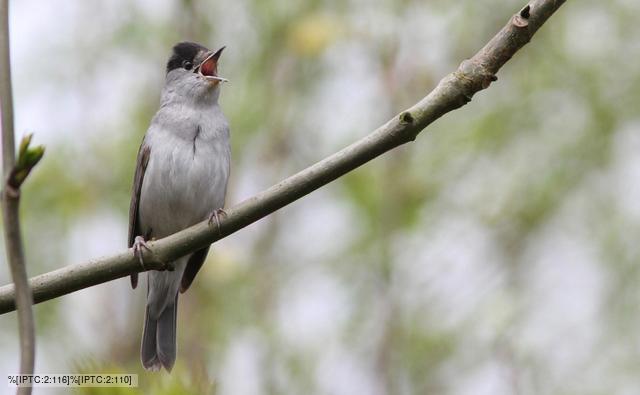The blackcap is a member of the warbler family. It is a migratory species. The Central European blackcap spends its summers in Germany and Austria and until the 1960s, had spent its winters in Spain where the warmer winters meant there was more food.
From the 1960s, in order to encourage birds into their gardens it became increasingly popular for people in the UK to start feeding birds from bird tables and special feeders. With this new food source available to them, blackcaps that happened to migrate northwest, instead of southwest to Spain, were able to survive and return to their summer breeding grounds in central Europe. Over time, the proportion of the population migrating northwest has increased. Today, about 10% of the population winters in Britain instead of Spain (which is great for us Brits as they are rather lovely birds).
This change in migration pattern has led to a shift in mate availability. The northwest route is shorter than the southwest route, so the northwest-migrating birds get back to Germany sooner each summer. Since blackcaps choose a mate for the season when they arrive at the breeding grounds, the birds tend to mate with others that follow the same migration route.
In December of 2009, researchers identified that these migration and mating shifts have led to subtle differences between the two parts of the population. The splinter group has evolved rounder wings and narrower and longer beaks than those that fly southward.
More Pointed wings provide advantages to individuals that travel longer distances, and rounder wings, which increase manoeuvrability, are favoured when distance is less of an issue .
Changes in beak size appears to be related to the food available. Birds wintering in Spain primarily eat fruit whereas those wintering in Britain eat seeds provided on the bird tables and feeders. The blackcaps that overwinter in the UK have narrower, longer beaks that allow them to better take advantage of all the different sorts of foods they wind up eating in the course of a year. These differences have evolved in just 30 generations and could signify the beginning of a speciation event.
